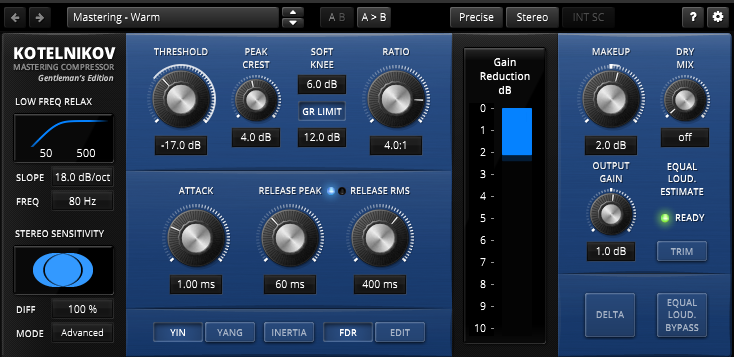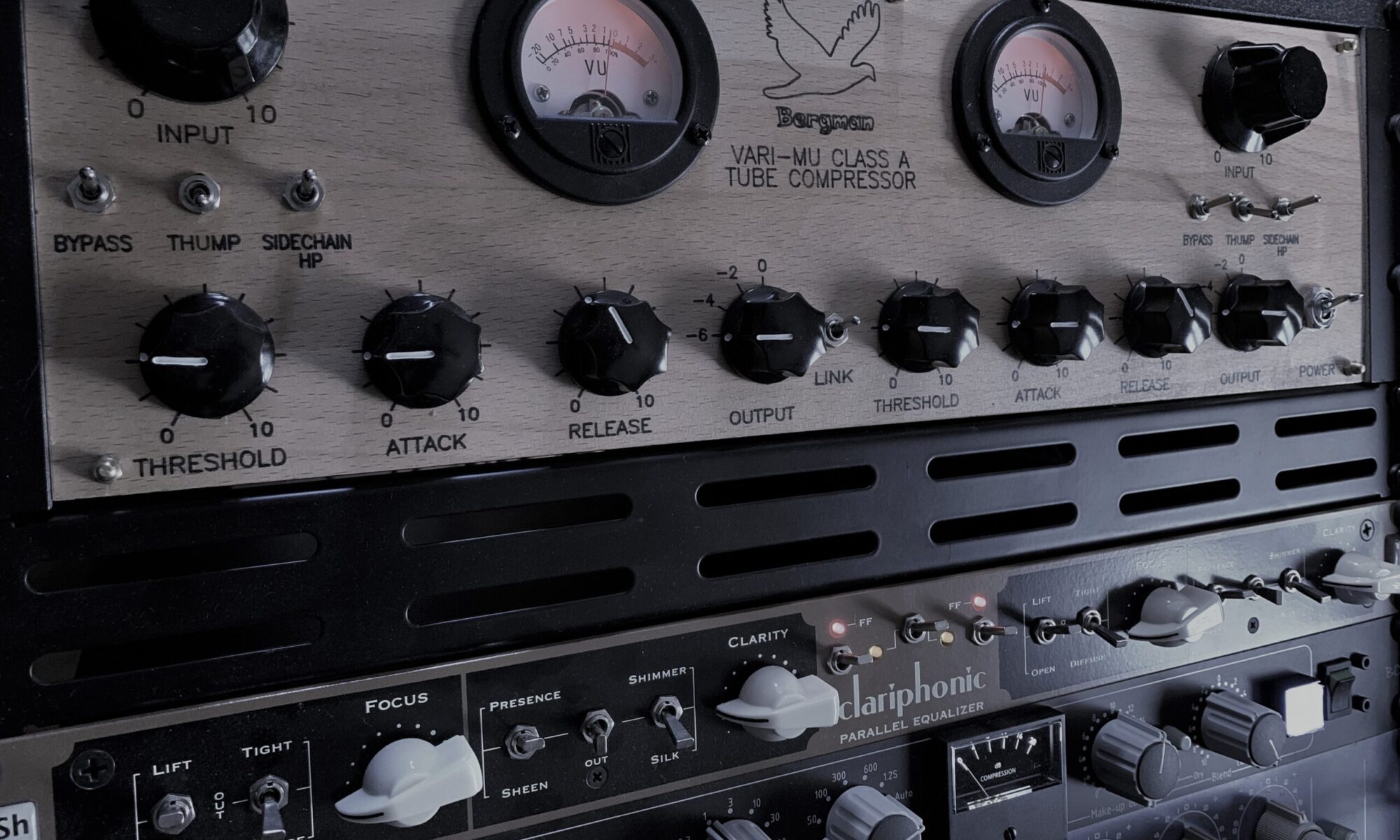
Audio compression is a technique used in sound engineering and music production to reduce the dynamic range of an audio signal. This means that the volume difference between the loudest and quietest parts of a recording is reduced, making it easier to listen to and produce. Audio compression is an important tool for creating clear and balanced sound recordings, especially in the context of music production, where it helps to control the levels of different instruments and vocals in a mix.
The basic principle of audio compression is to reduce the level of the audio signal when it exceeds a certain threshold, known as the “compression ratio.” This ratio determines how much the audio level is reduced, and it can vary depending on the desired effect. For example, a high compression ratio of 10:1 means that for every 10 dB of level increase above the threshold, the audio level will be reduced by 1 dB. A low compression ratio of 2:1 means that for every 2 dB of level increase, the audio level will be reduced by 1 dB.
The threshold and compression ratio are just two of the parameters that can be adjusted in an audio compressor. Another important parameter is the attack time, which determines how quickly the compressor reacts to audio levels exceeding the threshold. A fast attack time will result in an abrupt reduction in level, whereas a slow attack time will allow the audio to pass through the compressor for a short period before it is reduced. The release time is another important parameter, which determines how quickly the compressor returns the audio level to normal after the audio level drops below the threshold.
Audio compression can be performed using hardware or software. Hardware compressors are physical devices that are connected to an audio system and are typically used in recording studios, live sound reinforcement systems, and broadcasting. Software compressors are virtual plugins that run on a computer and can be used in digital audio workstations (DAWs) for music production and in audio editing software for post-production.
One of the most popular applications of audio compression is to control the dynamic range of music recordings. Compression helps to balance the levels of different instruments and vocals in a mix, so that the quiet parts are louder and the loud parts are quieter. This results in a more consistent listening experience, as the listener does not have to constantly adjust the volume of their device.
In conclusion, audio compression is a powerful technique that is widely used in sound engineering and music production. By reducing the dynamic range of an audio signal, it makes it easier to listen to and produce clear and balanced sound recordings. Whether you’re a beginner or an experienced sound engineer, understanding how audio compression works and how to use it effectively can greatly improve the quality of your audio recordings.
Are you looking for help with your next music release? Email me at [email protected]. Let’s get your music ready for distribution!

